Whether you’re sitting in the sweltering summer sun at the beach or getting refracted rays off snowy slopes—you still have to watch out for UV rays! No matter how you’re playing in the sunshine, one thing is vital: protecting your skin. Having a natural sunscreen you can count on means more fun outdoors without worrying about sunburn, premature aging, putting synthetic ingredients on your skin, or letting those ingredients potentially pollute the water.
How does sunscreen work?
In the most basic terms, sunscreen protects your skin by blocking UV (ultraviolet) rays. Watch this video for a complete breakdown and check out our simplified explanation below.
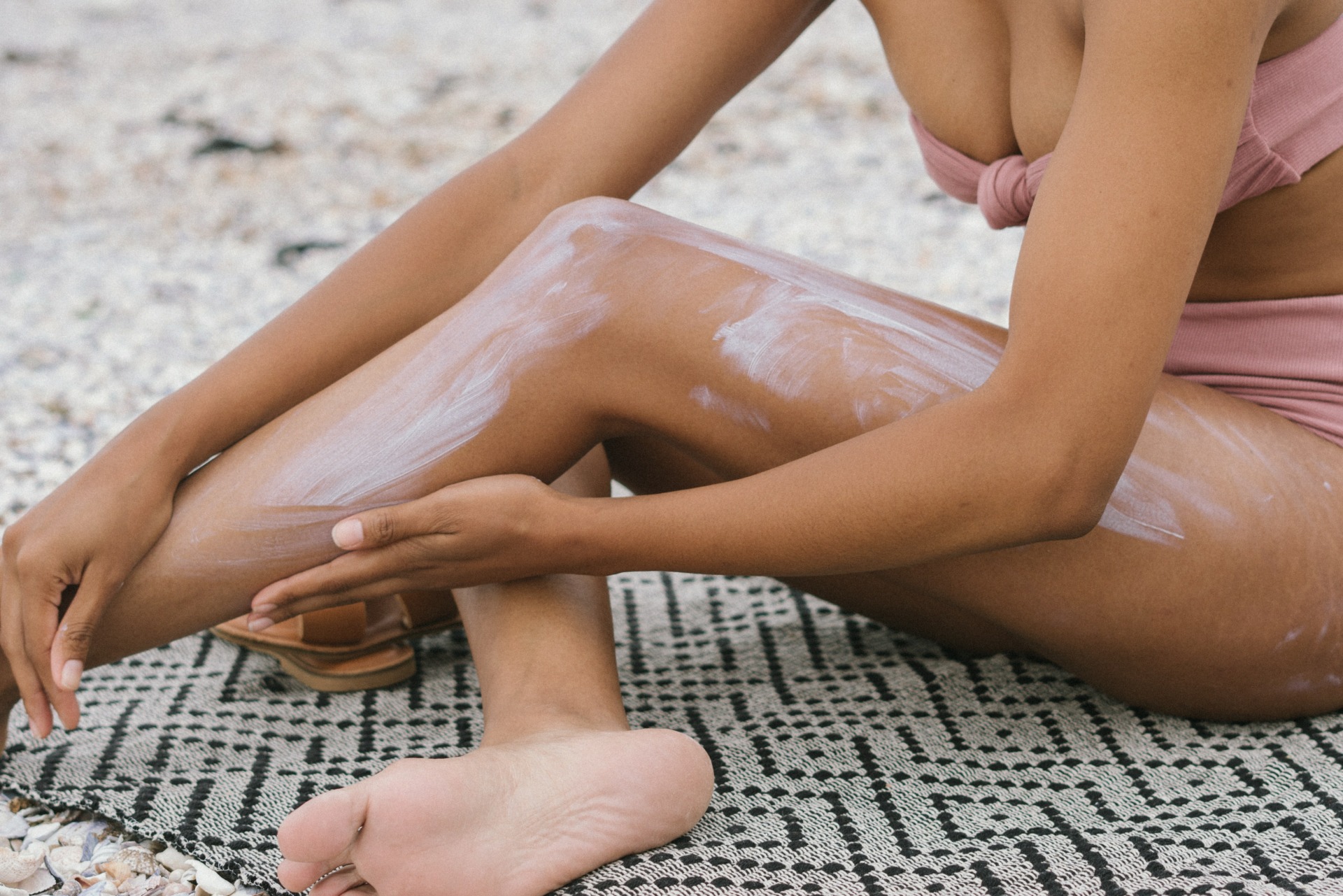
Synthetic sunscreens:
Many synthetic sunscreens contain avobenzone, oxybenzone, retinyl palmitate, parabens, phthalates, petrochemicals, PABA and 1, 4-dioxane, UV chemical absorbers, artificial colours, and synthetic fragrances. These work by chemically absorbing UV light, but they may also find their way into your system via your skin.
The FDA recently ran an exploratory maximal usage trial measuring just how much of topical sunscreen products our bodies absorb when following correct usage instructions. Words like avobenzone, oxybenzone, ecamsule, and octocrylene are probably pretty unfamiliar to most people; and reading them on a sunscreen label does little to explain what they actually do.
Barrier sunscreens:
Ingredients such as zinc oxide or titanium dioxide create a barrier to block UV rays rather than absorbing them. However, in attempts to make these more appealing to the consumer, many so-called “natural sunscreens” end up using nanoparticle-sized zinc oxide in their formulas, which means they contain particles so small they can be absorbed through your skin.
A little bit about SPF
What do you know about Sun Protection Factor (SPF)? SPF is a measure of protection from UVB rays, which can cause cancer. If your skin would burn after being in the sun for 10 minutes, an SPF 15 sunscreen would allow you to stay in the sun for approximately 150 minutes—a factor of 15 times longer—without burning.
That being said, the SPF scale isn’t linear. For example, SPF 10 blocks 90 percent of UVB rays, SPF 30 blocks 97 percent of UVB rays, and SPF 50 blocks 98 percent of UVB rays. Super-high SPF such as 75 or 100 do not offer significantly greater protection.
With this in mind, remember that SPF ratings are both a measurement of how much UVB protection they provide and how long they provide that protection.
Most dermatologists recommend using at least SPF 30.

Why is it important to wear sunscreen?
Your skin can become damaged over time from exposure to the sun’s harmful rays. It is important to wear sunscreen to help prevent skin cancer, sunburn, premature aging, and other skin conditions.
Who should use sunscreen?
The short answer is—everyone! Whether you have sensitive skin that burns easily or skin that tans easily, you should apply sunscreen every single day.
Even if you aren’t planning to sit directly in the sun or it’s a gloomy day outside, the sun’s rays can still reach your skin. Maybe you won’t be suntanning on a warm beach, but the sun can penetrate through clouds or your car window as you drive around running your daily errands. Make applying sunscreen part of your daily skin care routine!
Please note that it is recommended that you refrain from using sunscreen on infants under 6 months. Instead, take extra precautions to make sure their sensitive skin is shaded from the sun, whether that means covering with sun-protecting clothing layers or hats, adding a sunshade to your car window, avoiding direct sun exposure, etc.
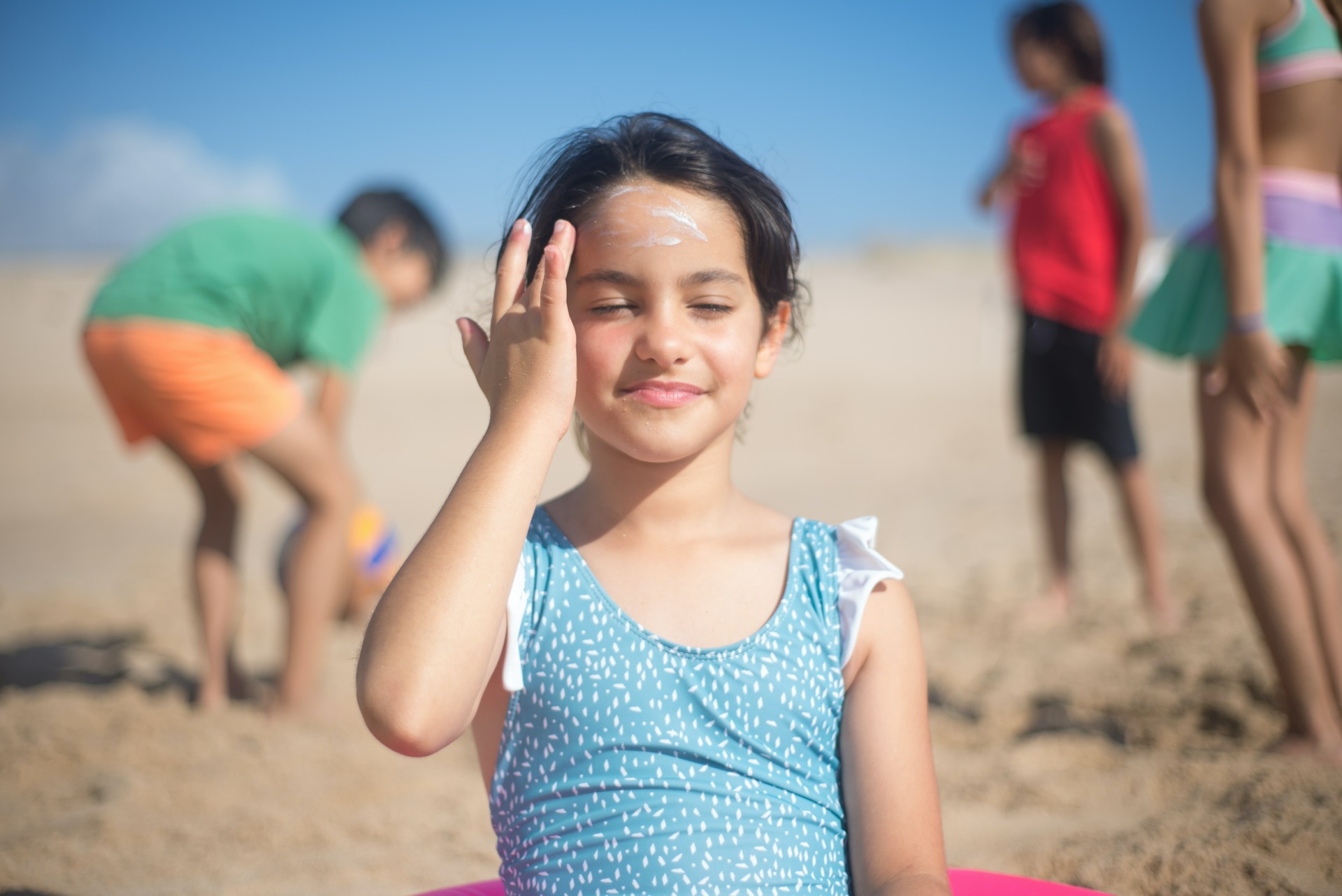
How much sunscreen should I apply?
It is recommended that you apply sunscreen liberally 15–30 minutes before sun exposure. Most adults will need about 30 ml of sunscreen for full-body coverage before hitting the beach or pool. However, on an ordinary day, you should simply cover the places that will be exposed, depending on what you are wearing that day (i.e., hands, face, neck, ears). You will want to apply a nickel-size amount of sunscreen to your face alone.
If you’re going to be out in the sun for a long period of time but are unable to continuously reapply sunscreen to areas under your clothes, consider changing your wardrobe. According to this article, you can protect your skin from UV damage with clothing you probably already have at home.
Reapply sunscreen every 2 hours. If you are swimming or participating in an activity that makes you sweat excessively, apply more sunscreen immediately after. Even if you are staying inside and not doing anything that will make you sweat, experts still recommend reapplying every 4-6 hours.
What makes Young Living Mineral Sunscreen different?
When the scientists at Young Living formulated our Mineral Sunscreen, they wanted to develop the very best—for kids, for adults, for everyone in the family. To create the right sunscreen, they knew blocking UV rays was the right path, so a zinc oxide sunscreen—a barrier approach—was the right formulation. So Young Living’s scientists, guided by the Seed to Seal® commitment to create the absolute best products available with the cleanest ingredients possible, developed a sunscreen that uses non-nano zinc oxide, which means when you wear this sunscreen, your body won’t absorb the ingredients, however benign they are.
Young Living Mineral Sunscreen SPF 50
Now that you’re well-versed on what makes sunscreens work, check out everything that makes our SPF 50 formulation better than all the rest:
- Gary Young formulated a special blend of skin-loving essential oils for this sunscreen. It includes 100 per cent pure Helichrysum, Lavender, Myrrh, Carrot Seed, and Frankincense.
- This over-the-counter sunscreen is lightweight and provides your skin with added protection from UVA and UVB rays.
- Adults and kids alike get powerful sun protection, free from harsh chemicals.
- Developed to provide a non-greasy finish, Young Living Mineral Sunscreen can be used under your Savvy Minerals by Young Living® makeup.
- Unlike most chemical sunscreens, our Mineral Sunscreen is reef safe. That means the formulation we use doesn’t contain chemicals such as oxybenzone and octinoxate, which cause coral bleaching. Similarly, our non-nano formula means that coral cannot ingest the zinc oxide particles in our sunscreen.
- This sunscreen is sweat- and water-resistant for up to 80 minutes, so your workout or time at the pool is well protected.
- Like we mentioned before, this mineral sunscreen formulation is made with pure, naturally derived ingredients and is free of avobenzone, oxybenzone, retinyl palmitate, parabens, phthalates, petrochemicals, PABA and 1,4-dioxane, UV chemical absorbers, artificial colours, and synthetic fragrances.
- We’re proud that this sunscreen has the Skin Cancer Foundation’s seal of approval for daily use.
- Our Mineral Sunscreen was dermatologist-reviewed to smooth onto skin without a white residue. No more blue tinge or white cast to your zinc sunscreen!
Besides having fun, there’s nothing more important in summer than staying safe in the sun. Check out our posts on photosensitive oils.
Now that you’ve smoothed on your Mineral Sunscreen, what outdoor summer adventures do you have in store?
Let us know in the comments!
This post is also available in: French

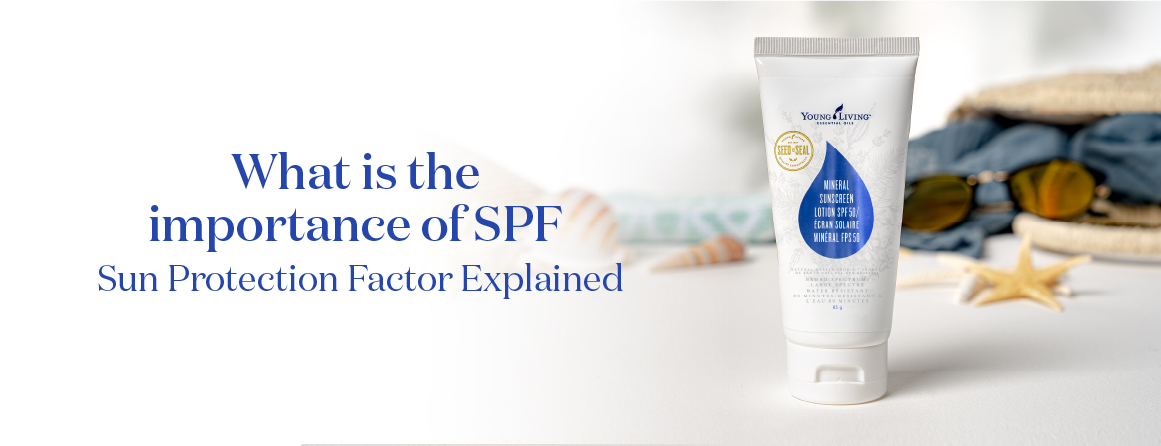
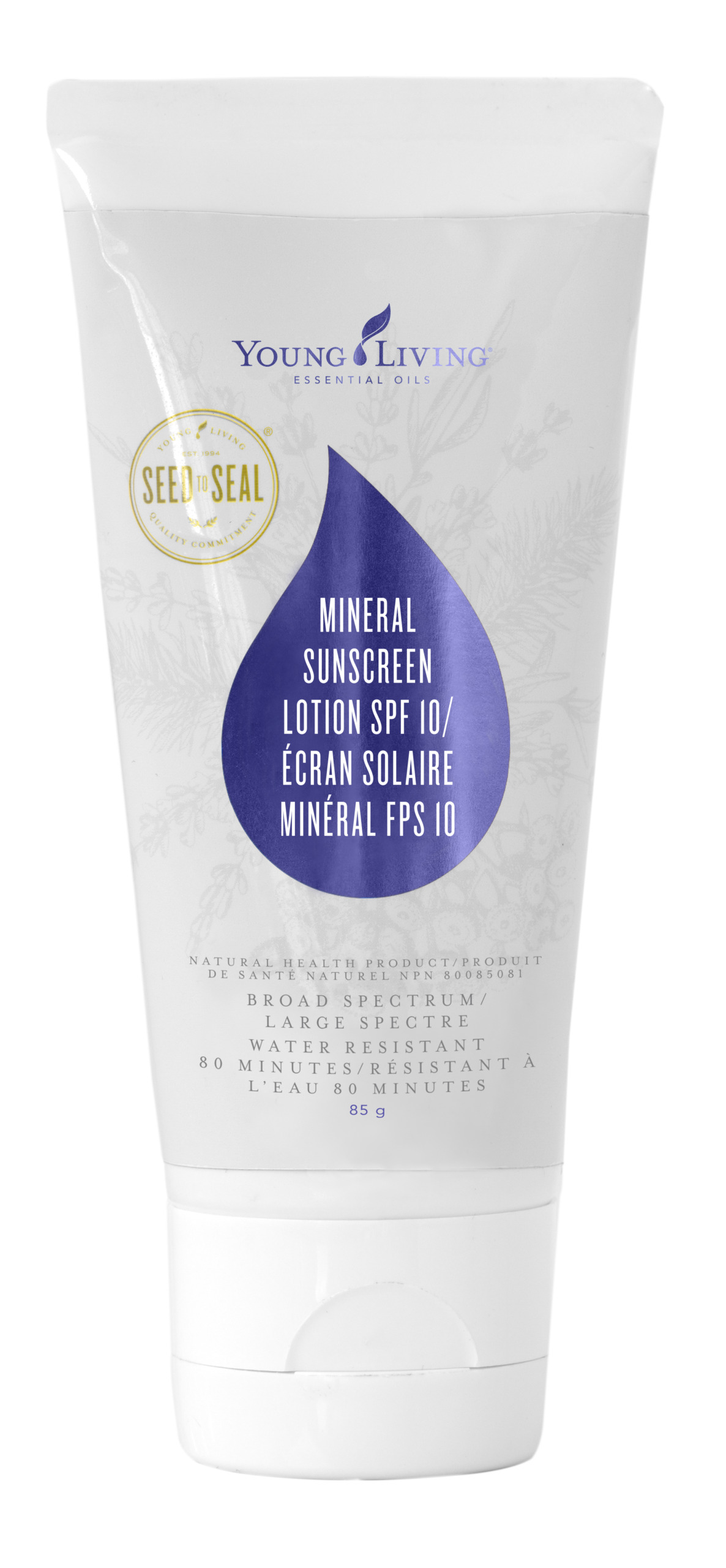
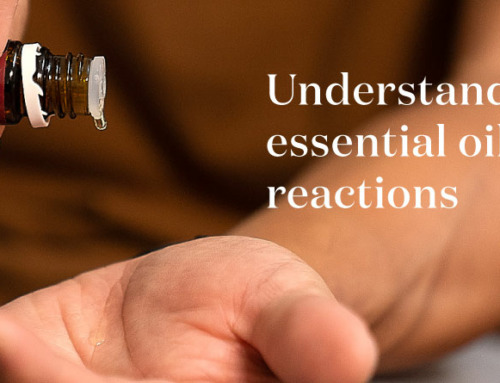
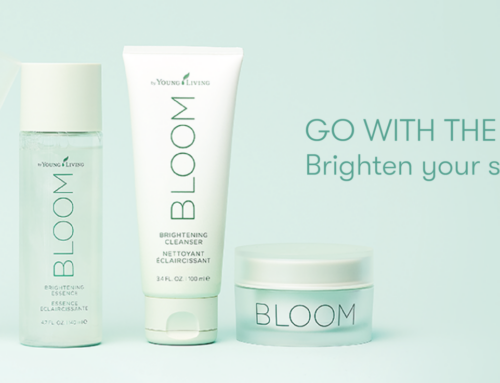
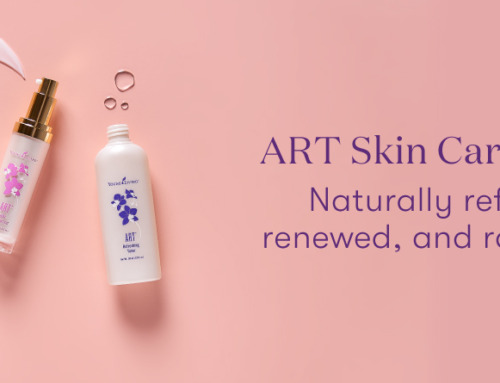
Leave A Comment